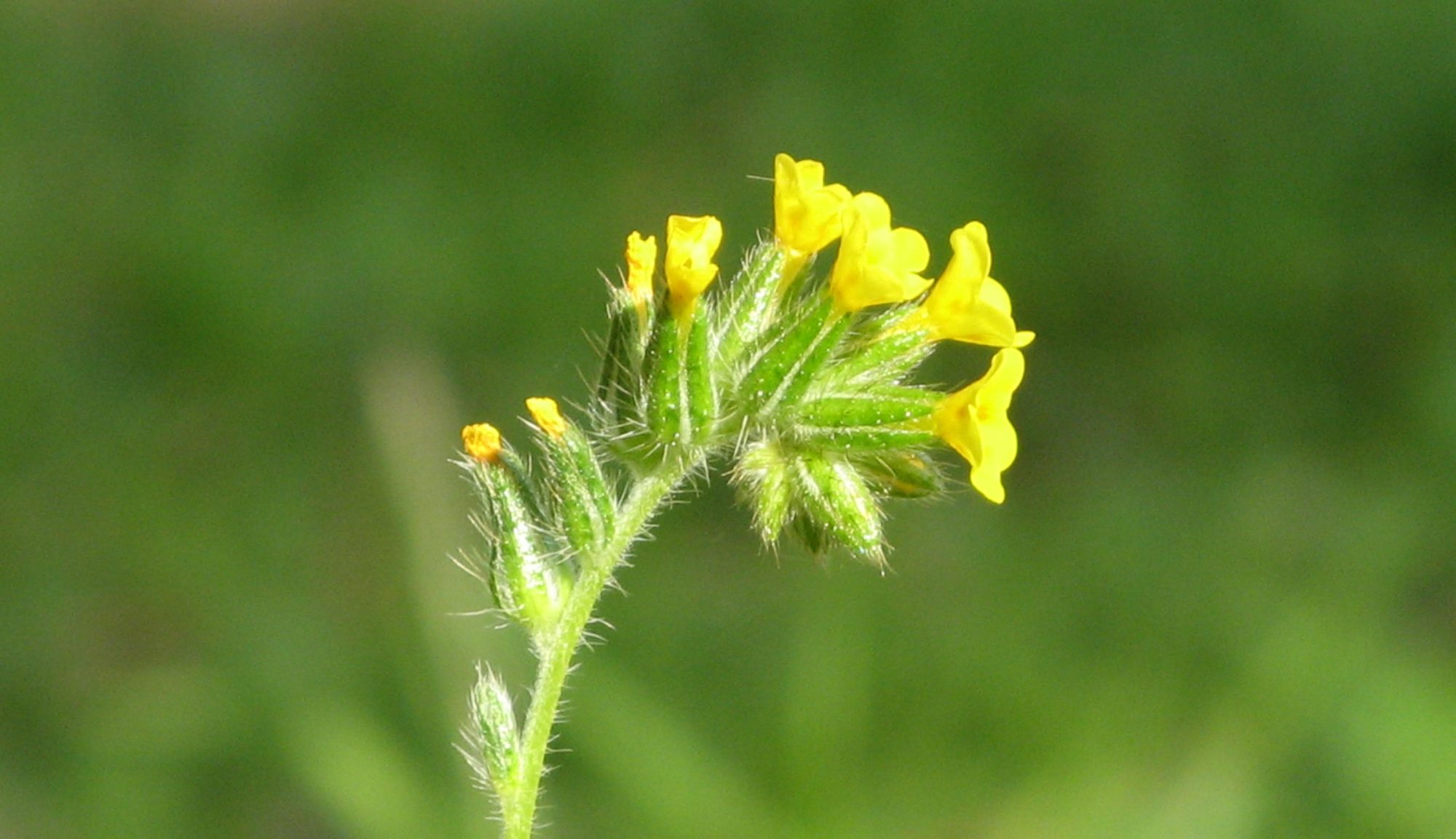Why isn’t there more intercropping? It is common in the global south, but in the north, whereas cover cropping and rotation are mainstays of organic agriculture, intercropping is an exception. Some authors cast doubt upon reports of overyielding, the term for an increase in total yield by a mix of crops grown together compared to the component crops grown in monoculture. Ford Denison for one maintains that, in the intercropping studies he is aware of, the component monocrops are generally not grown at the appropriate density, and that the trials are not continued for enough seasons. Beyond that, in mechanized agriculture the machinery is traditionally designed for monocrops, and besides a handful of crop combinations known to work well under particular circumstances, there is a shortage of research into what makes a productive intercrop.
In response, an international consortium of researchers led by Rob W. Brooker, in a 2015 New Phytologist paper that was one of the journal’s top ten most-cited papers of 2016, presents food for thought and promising directions for future research in intercropping. These are ecologists, agronomists, and plant physiologists who look to recent advances in their fields that can be applied to intercrop design.
The basic premise of intercropping is that different species grown together can either benefit each other or escape the kind of competition that individuals of the same species would experience, through the differential use of resources known as niche complementarity, through actually helping each other by facilitation, or through more complex effects on the environment or other organisms. The question is how to harness these effects. One important point of Brooker et al. is that facilitative interactions between plant species predominate more in environments with greater stress, meaning conditions where environmental factors such as water, temperature, nutrients, or disturbance are significantly limiting upon plant growth, an ecological principle known as the Stress Gradient Hypothesis. They suggest that differences in environmental stress might be responsible for variability in intercrop results. Indeed, an advantage gained by mixed cropping in a poorer environment would be consistent with the more extensive practice of intercropping found among more marginalized farmers.
Some insight into potential avenues for improving intercropping comes from grassland ecology studies. For instance, phylogenetic distance, meaning the degree of relatedness between species (or more precisely, unrelatedness), is a significant determinant of grassland productivity, with greater productivity found when more phylogenetically diverse grassland species are growing together. Also, the association between diversity and greater productivity becomes more pronounced over time, an effect that is due to increases in soil organic matter and soil nitrogen, which lead to more optimum carbon and nitrogen cycling, what organic growers might call soil improvement.
Other insights come from plant physiology and plant-soil interactions. Intercrops can show increased resource use efficiency, which is an increased production of biomass without any increase in a given input, such as light or water. Deep-rooted plants can make use of different soil water stores than shallow-rooted plants, and can even redistribute water to their companions. Some crops have adaptations for correcting soil pH or otherwise solubilizing minerals by exuding compounds into the soil, to the benefit of all plants in that soil. Of course, legumes are known to interact with companion crops in terms of compensating for nitrogen removed by companion crops, and can even release nitrogen for their neighbors to take up in some circumstances. Also, legumes shaded by companion crops generally make more efficient use of the reduced light.
In a bit more of a stretch, the field of microbial evolution finds that bacteria evolved in mixed-species communities are more productive than those evolved in monoculture. Indeed, Brooker et al. remind us that modern plant breeding, an abbreviated type of evolution, has generally been carried out using monocultures, whereas the traits that allow a crop species to function well in an intercrop may be different from those that show an advantage in monocrop.
The consortium concludes by calling first for simply testing new combinations of crops that possess qualities already known to function in intercrops. In regard to the machinery issue, an allusion they make to precision agriculture leaves it obvious that, with sufficient commitment, modern machinery can be designed to do anything. Beyond that, breeding crops explicitly for use in intercrops would likely improve resource use efficiency, including selecting for traits deemed complementary and even using computer modelling of ecology research findings involving resource capture. Meanwhile, considerations of phylogenetic distance and long-term coevolution are in need of more investigation before they can be applied to intercrop design.
Agriculture researchers, agricultural machinery engineers, and crop breeders, take note!

How about some examples of intercropping.
This is an interesting extension of your thesis research! Knowing all of this then, how would you have changed the design of your squash/corn intercrops?